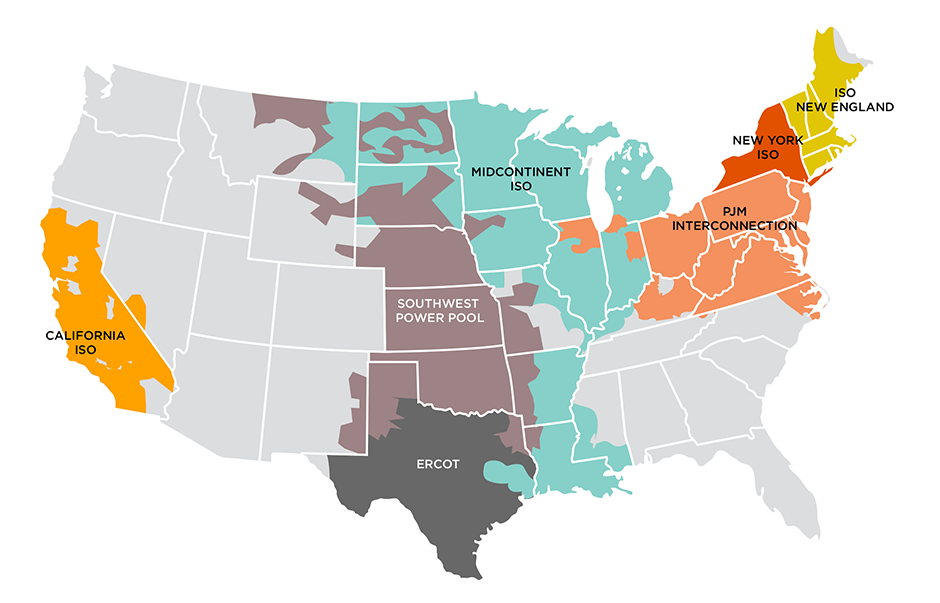Applied Sciences, Vol. 14, Pages 10518: Vehicle Collision Analysis of the Reinforced Concrete Barriers Installed on Bridges Using Node-Independent Model
Applied Sciences doi: 10.3390/app142210518
Authors: Jeong J. Kim Jae S. Ahn
This paper focuses on improving vehicle collision simulations using finite element analysis (FEA) to examine interactions between reinforced concrete barriers and bridge decks. Three scenarios are explored: treating the barrier as a rigid body, analyzing reinforcement with a fixed base, and including the bridge deck’s cantilever portion beneath the barrier. Except for the rigid body model, a node-independent approach models the complex interactions between reinforcement and concrete in barriers on the bridge deck. This study evaluates barrier strength, occupant risk, and post-collision vehicle safety. Strength is assessed by examining stress in reinforcement and concrete, while occupant risk is measured using Theoretical Head Impact Velocity (THIV) and Post-impact Head Deceleration (PHD). Vehicle trajectory during collisions is also analyzed for stability. The results show significant differences in stress distribution and failure patterns when the bridge deck is considered compared to scenarios without it. Occupant risk evaluations suggest more flexible responses when the bridge deck is included. However, vehicle trajectory post-collision showed no significant differences across scenarios. These findings indicate that modeling efficiency varies based on evaluation criteria, suggesting a more realistic and effective approach for assessing barriers on bridges.

 1 week ago
10
1 week ago
10


